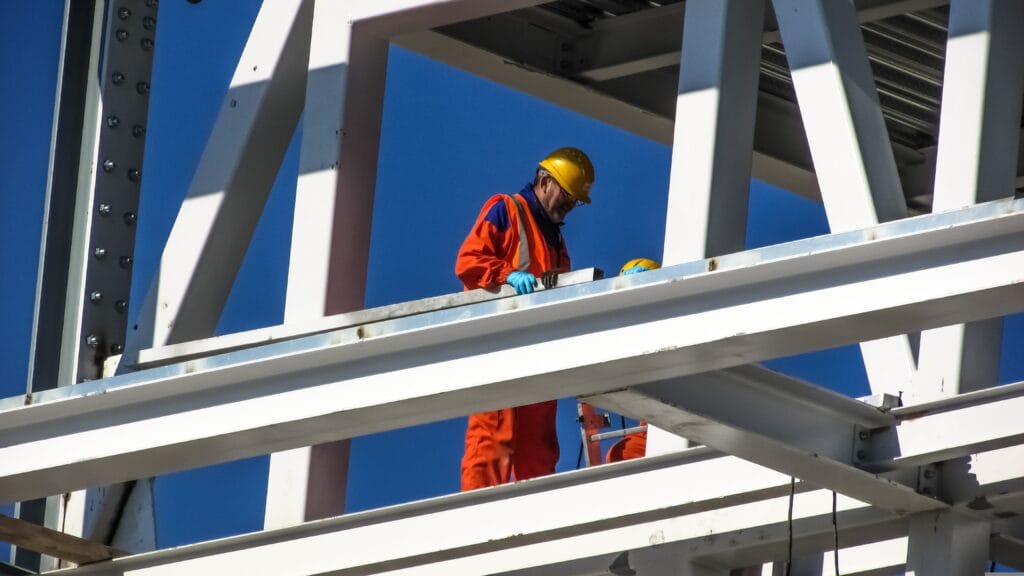
Construction sites are among the most hazardous workplaces, with workers constantly exposed to risks such as falling objects, heavy machinery, unstable surfaces, and electrical hazards. Amid these risks, there is one golden rule that stands out: “Safety first, always.” This principle underscores the importance of a safety-first mindset, where all workers prioritize safe practices and follow established protocols to protect themselves and those around them. This article delves into why this rule is paramount and explores the specific safety measures, communication protocols, and training needed to maintain a safe building site.
The most important safety rule on a building site is to always prioritize safety above all else. This principle guides all actions, from using PPE to adhering to fall protection and training requirements, to create a secure working environment.
How Do Specific Safety Rules Vary Depending on the Type of Building Site (e.g., Residential, Commercial, Industrial)?
Different building sites—residential, commercial, and industrial—present unique hazards that require customized safety protocols.
Residential Sites:
- Common Hazards: Falls from roofs or ladders, power tool injuries, and trips on uneven ground.
- Key Safety Measures: Use of fall protection equipment, proper tool handling training, and clear demarcation of hazardous zones.
Commercial Sites:
- Common Hazards: Exposure to larger machinery, potential chemical hazards (such as paints and solvents), and falling objects.
- Key Safety Measures: Enhanced PPE requirements (e.g., hard hats, eye protection), secure storage of chemicals, and strict fall protection for high scaffolding or multi-story work.
Industrial Sites:
- Common Hazards: Heavy equipment, exposure to electrical hazards, and risks from toxic chemicals or gases.
- Key Safety Measures: Advanced PPE such as respirators, full-body harnesses, and rigorous adherence to equipment operating procedures.
Each site type requires tailored safety guidelines to address the specific risks, ensuring that workers are equipped to handle their environment safely.
Why Is It Crucial to Wear Personal Protective Equipment (PPE) at All Times on a Building Site?
PPE is often the last line of defense in protecting workers from severe injuries, especially in high-risk areas like construction.
Consistently wearing PPE helps prevent injuries from falling objects, sharp tools, chemical exposure, and other site-specific hazards.
Key Benefits of PPE:
- Head Protection: Hard hats protect from falling objects or accidental impacts.
- Eye and Face Protection: Goggles and face shields prevent injury from debris, sparks, or chemical splashes.
- Respiratory Protection: Masks and respirators filter out harmful dust and toxic fumes.
- Fall Protection: Harnesses and safety nets are vital for work at heights to prevent falls.
PPE provides essential physical barriers that reduce injury severity, making it critical for workers to wear the appropriate equipment at all times.
How Does Proper Site Organization and Housekeeping Contribute to Overall Safety on a Building Site?
A well-organized building site with effective housekeeping practices significantly reduces the risk of accidents and injuries.
Proper site organization ensures that tools and materials are stored securely, pathways are clear, and hazards like debris and equipment are managed to prevent slips, trips, and falls.
Key Components of Site Organization:
- Tool and Material Storage: Organized storage reduces the risk of items falling, being misplaced, or becoming tripping hazards.
- Clear Walkways: Designating clear paths for movement helps prevent accidents and allows quick evacuation if needed.
- Debris Management: Regular cleaning of the site keeps debris from accumulating, reducing trip hazards.
- Signage and Marking: Clear signage identifies danger zones, restricted areas, and evacuation routes.
Proper housekeeping practices foster a safer environment by preventing unnecessary hazards and ensuring that workers can focus on their tasks without encountering avoidable risks.
What Is the Role of Fall Protection Systems in Building Site Safety, Especially When Working at Heights?
Falls are a leading cause of injuries and fatalities on construction sites, making fall protection one of the most essential safety measures.
Fall protection systems—such as harnesses, guardrails, and safety nets—prevent workers from falling or reduce the severity of injuries if a fall occurs.
Types of Fall Protection Systems:
- Personal Fall Arrest Systems (PFAS): Includes a full-body harness, lanyard, and anchor point to stop a worker’s fall.
- Guardrails and Safety Barriers: Installed at open edges to prevent accidental falls.
- Safety Nets: Used under high work areas to catch workers if they fall.
- Scaffolding and Ladder Safety: Properly installed and used scaffolding and ladders provide safe access to high areas.
For workers operating at heights, using these systems is vital for reducing fall-related injuries, making it one of the most important aspects of building site safety.
How Important Is Communication Among Workers, and How Does It Impact Safety on a Building Site?
Effective communication is essential for coordinating tasks, identifying hazards, and responding promptly to emergencies.
Good communication ensures that workers are aware of their surroundings, understand task-specific hazards, and can alert others to potential dangers.
Key Elements of Communication in Safety:
- Daily Safety Briefings: Regular briefings allow the team to discuss specific site risks and PPE requirements for the day’s tasks.
- Two-Way Radios: For larger sites, radios help workers stay connected and report issues immediately.
- Visual and Audible Warnings: Signs, signals, and alarms are essential for alerting workers to dangerous areas or activities.
- Reporting Hazards: Encouraging a culture where workers feel comfortable reporting unsafe conditions or near misses.
Strong communication improves teamwork and situational awareness, both of which are critical in preventing accidents and managing emergencies effectively.
What Are the Legal Requirements for Safety Training on a Building Site?
In most countries, safety training on construction sites is required by law, with specific standards set by regulatory bodies like OSHA in the United States or HSE in the United Kingdom.
Safety training covers essential topics, including hazard recognition, PPE use, emergency response, and equipment handling, ensuring workers are informed and prepared to perform their jobs safely.
Core Components of Safety Training:
- General Safety Training: Covers PPE requirements, site rules, and emergency procedures for all workers.
- Site-Specific Training: Focuses on hazards unique to each construction site, such as working at heights, handling chemicals, or operating heavy machinery.
- Specialized Equipment Training: Workers using specialized tools or machinery must be trained on proper operation and maintenance.
- Refresher Courses: Regular training updates ensure that workers stay up-to-date with the latest safety practices and regulations.
Legal safety training requirements not only protect workers but also help companies avoid fines, penalties, and liability in the event of an accident.
Conclusion
Safety on a building site hinges on adherence to fundamental rules and regulations, such as wearing PPE, practicing good housekeeping, using fall protection systems, and fostering effective communication. By prioritizing safety, both workers and employers create a more secure and productive environment, reducing risks and ensuring everyone can return home safely. Investing in comprehensive safety training and compliance with legal standards is essential for maintaining a culture of safety on any building site.
Zion Zhang
Recent Posts
 What PPE should be used when handling microwave?2024年11月15日When working with microwaves, especially in environments […]
What PPE should be used when handling microwave?2024年11月15日When working with microwaves, especially in environments […]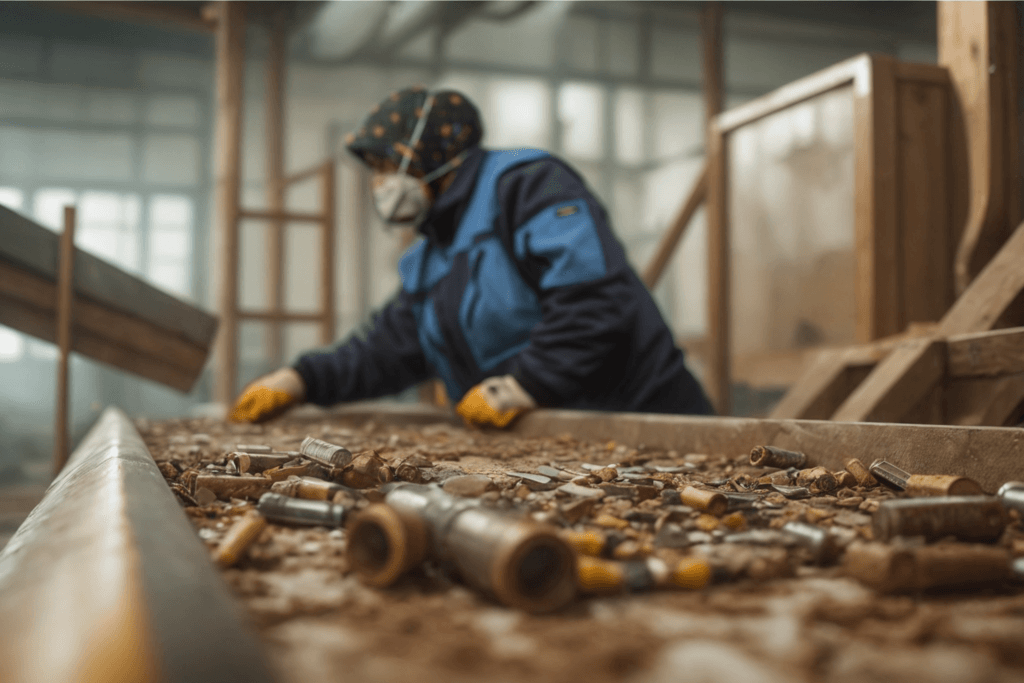 What ppe should be worn when handling batteries?2024年11月15日When handling batteries, particularly in hazardous […]
What ppe should be worn when handling batteries?2024年11月15日When handling batteries, particularly in hazardous […]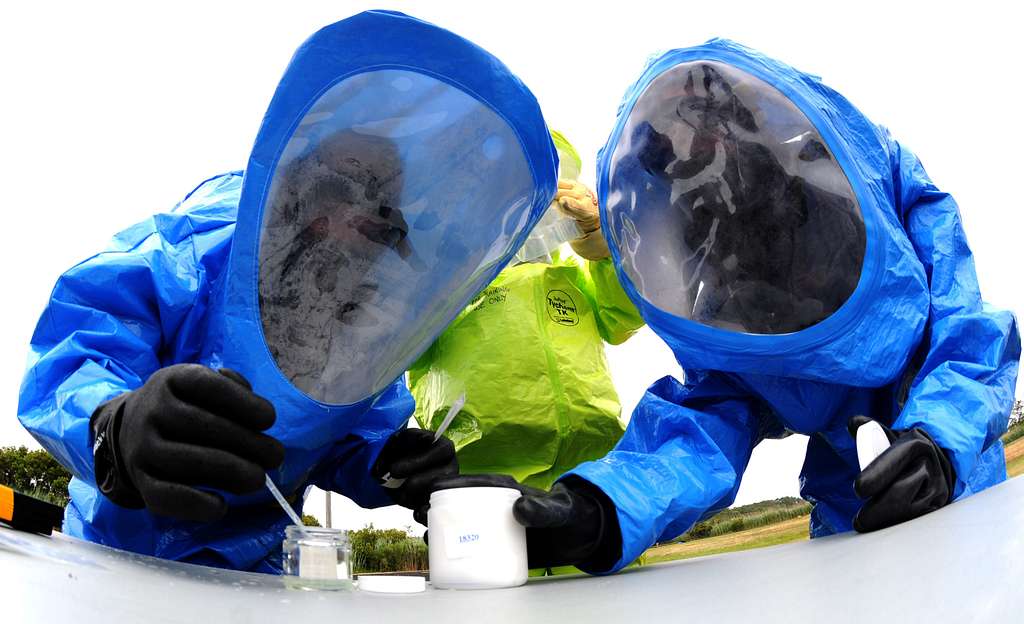 What material exactly is PPE made of?2024年11月14日Personal Protective Equipment (PPE) is made from a variety […]
What material exactly is PPE made of?2024年11月14日Personal Protective Equipment (PPE) is made from a variety […]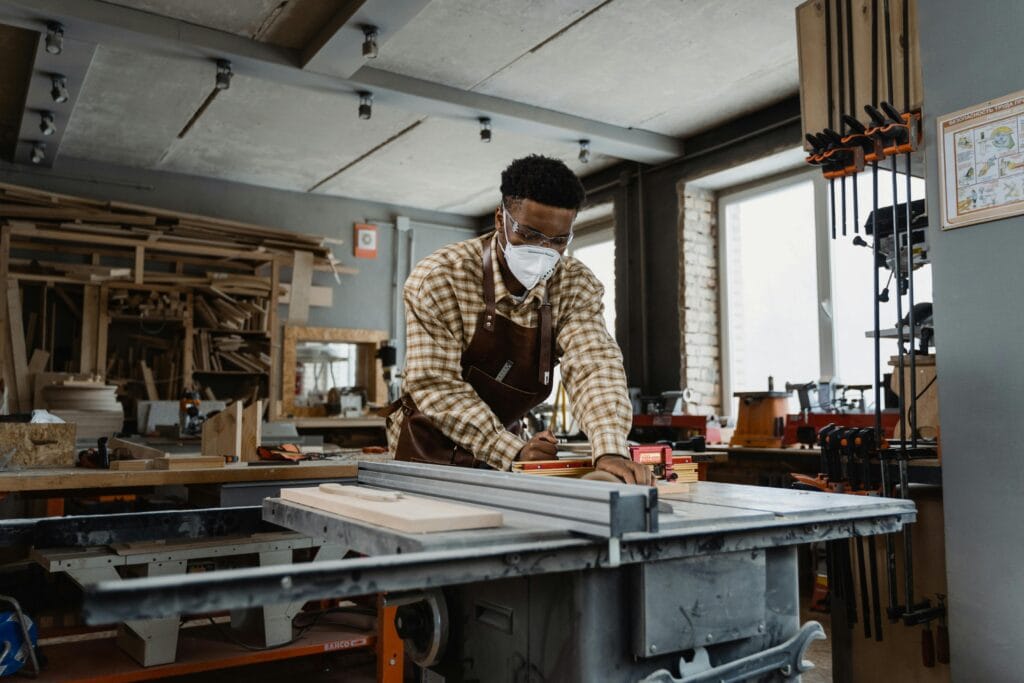 Why is it important to wear PPE before doing a carpentry job?2024年11月14日When it comes to carpentry, safety should always be the top […]
Why is it important to wear PPE before doing a carpentry job?2024年11月14日When it comes to carpentry, safety should always be the top […]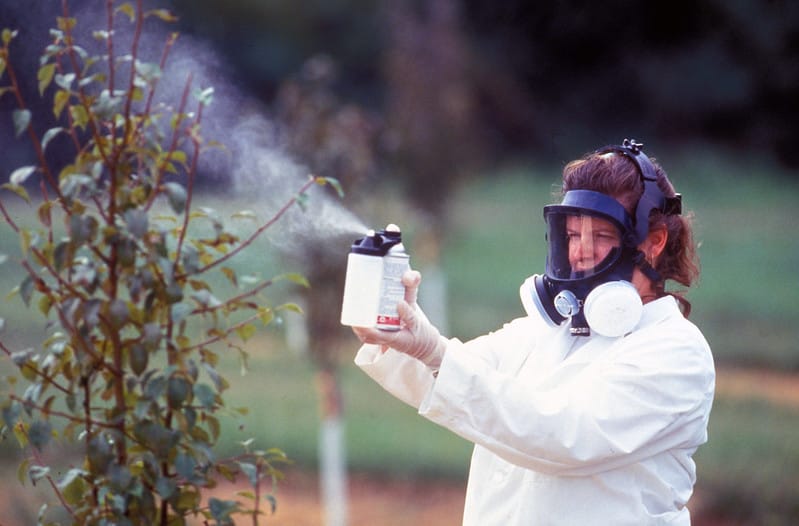 What are the different PPE uses in agriculture?2024年11月14日Stepping onto a farm always fills me with a mix of awe and […]
What are the different PPE uses in agriculture?2024年11月14日Stepping onto a farm always fills me with a mix of awe and […]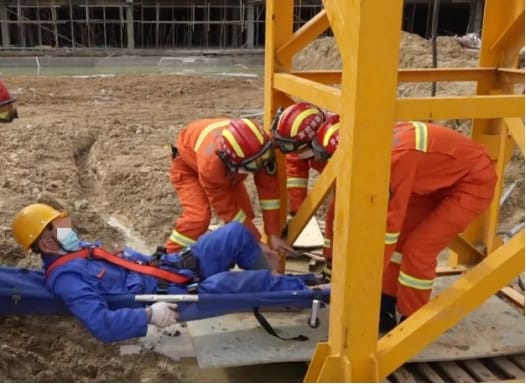 What are the dangers of not wearing safety gear at work?2024年11月13日In workplace environments where hazards are present, […]
What are the dangers of not wearing safety gear at work?2024年11月13日In workplace environments where hazards are present, […]
CONTACT US
- Feel free to contact us any time. We will get back to you as soon as we can!
- +86-17330061805
